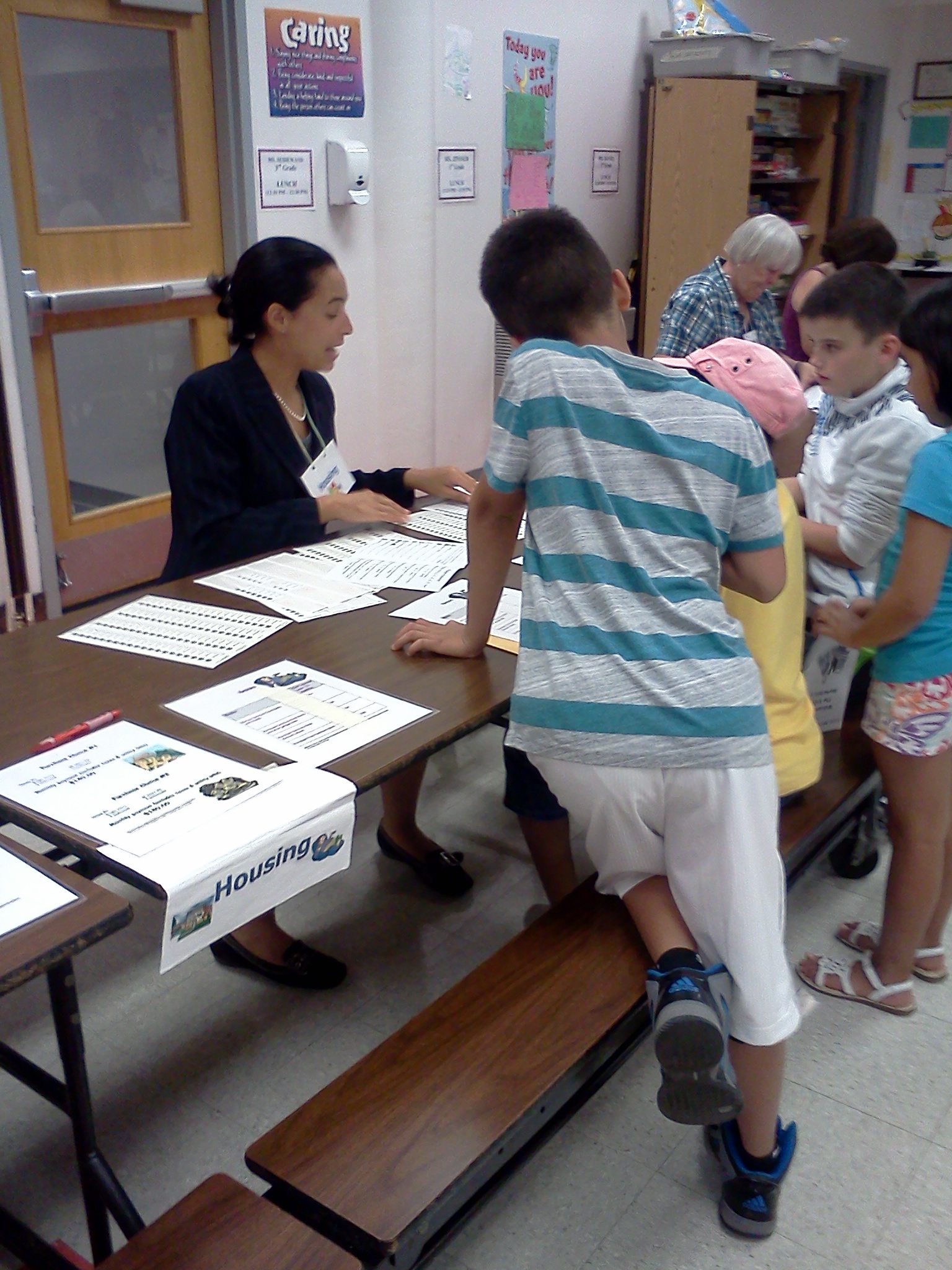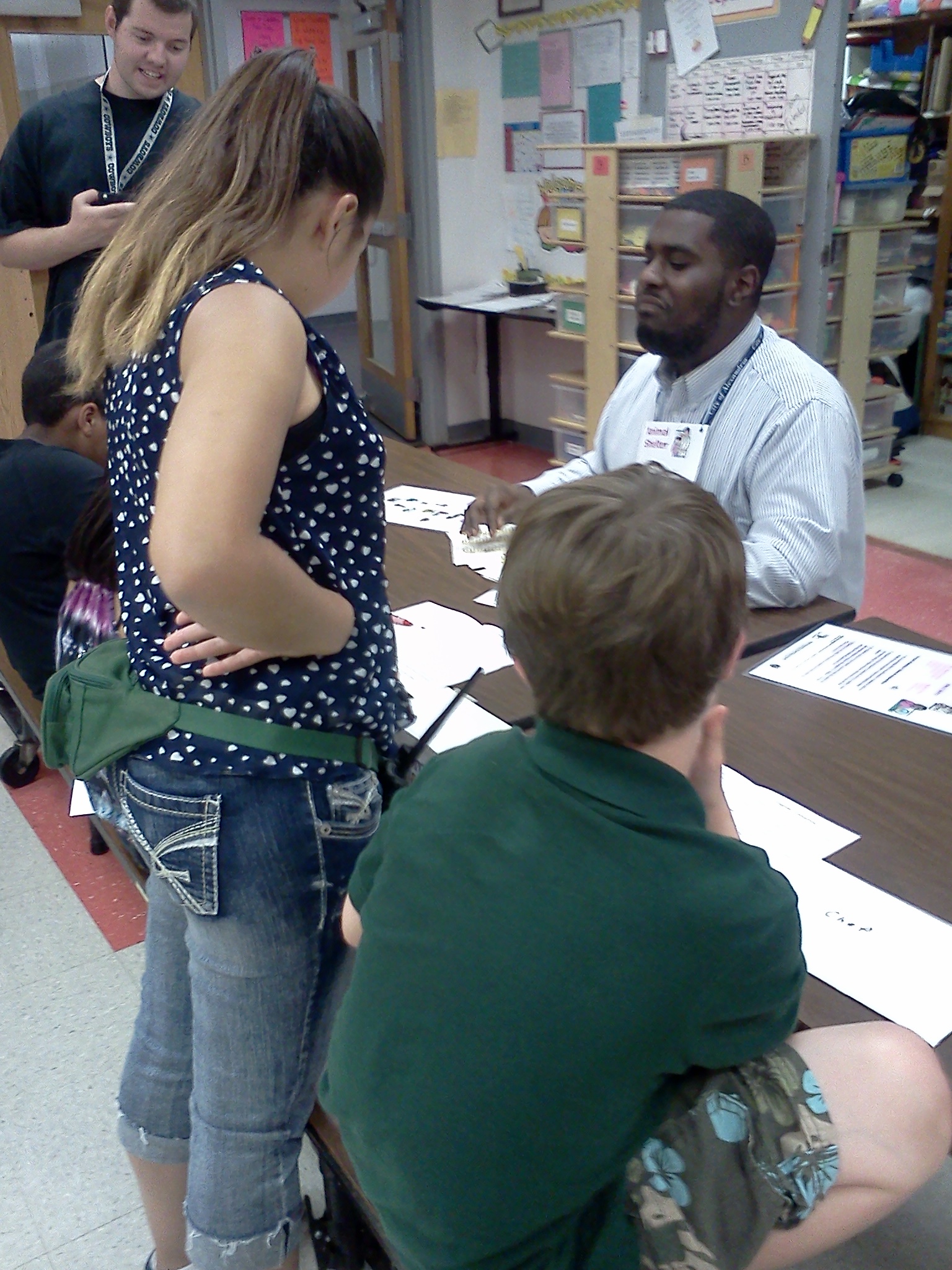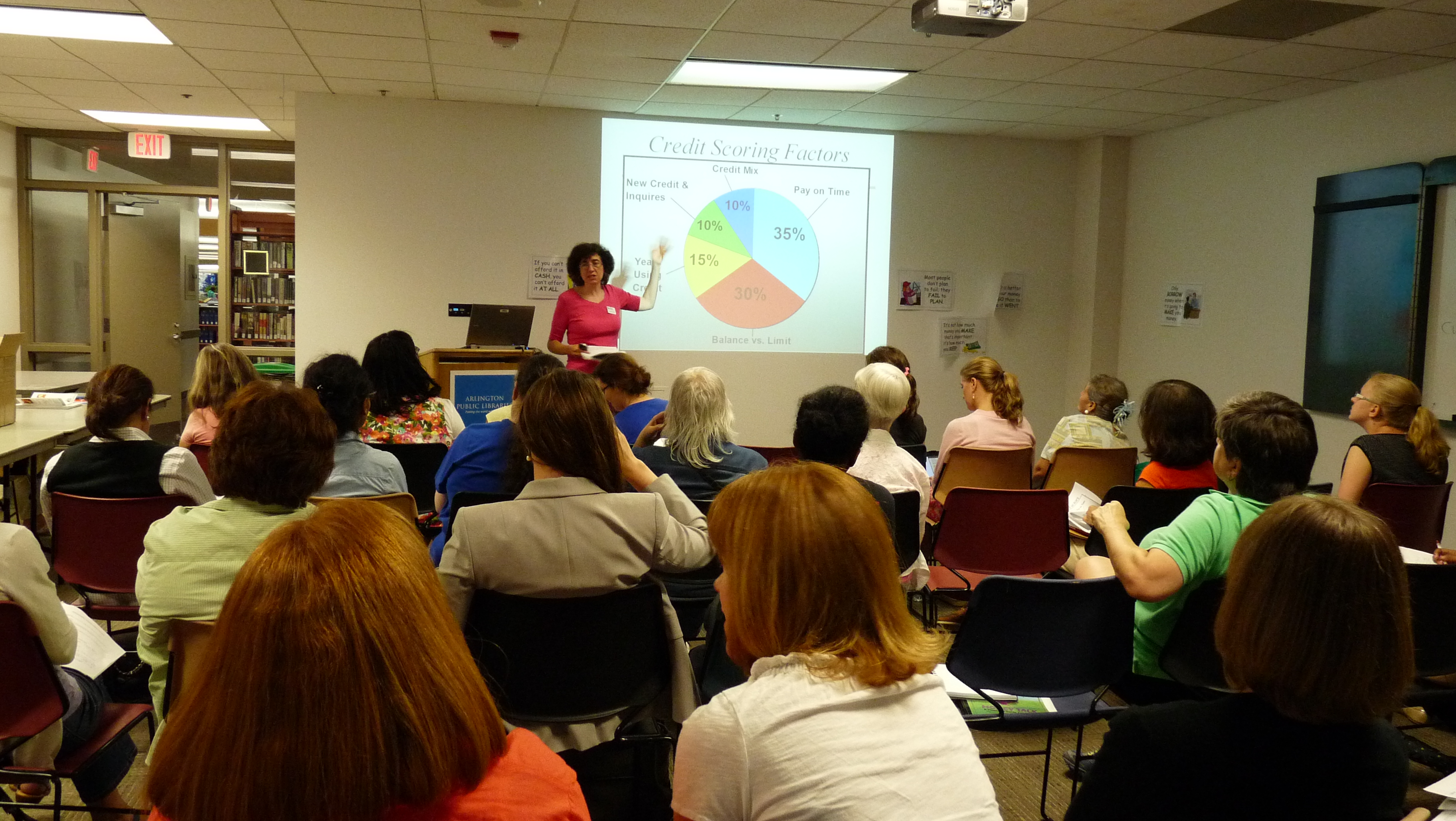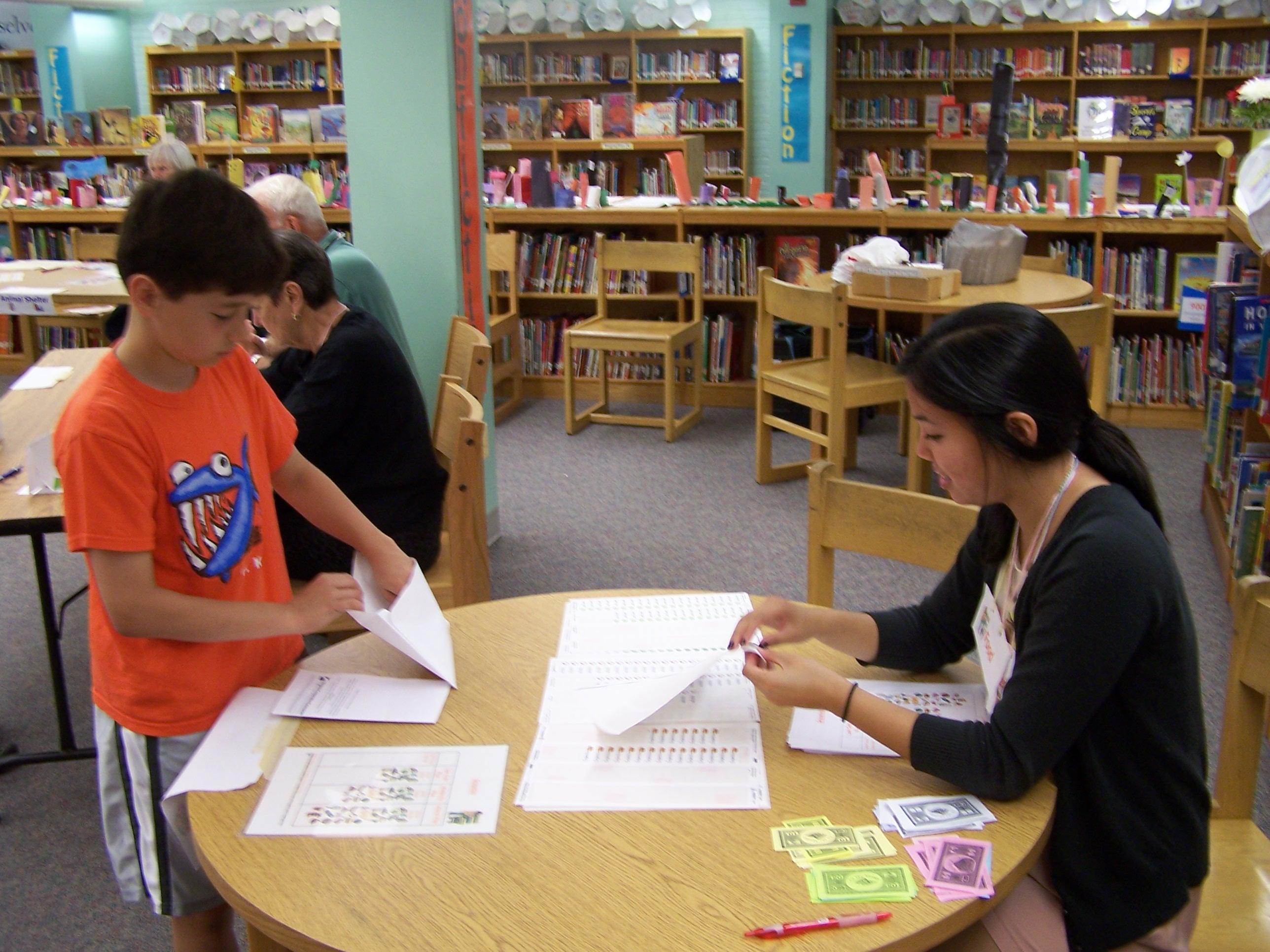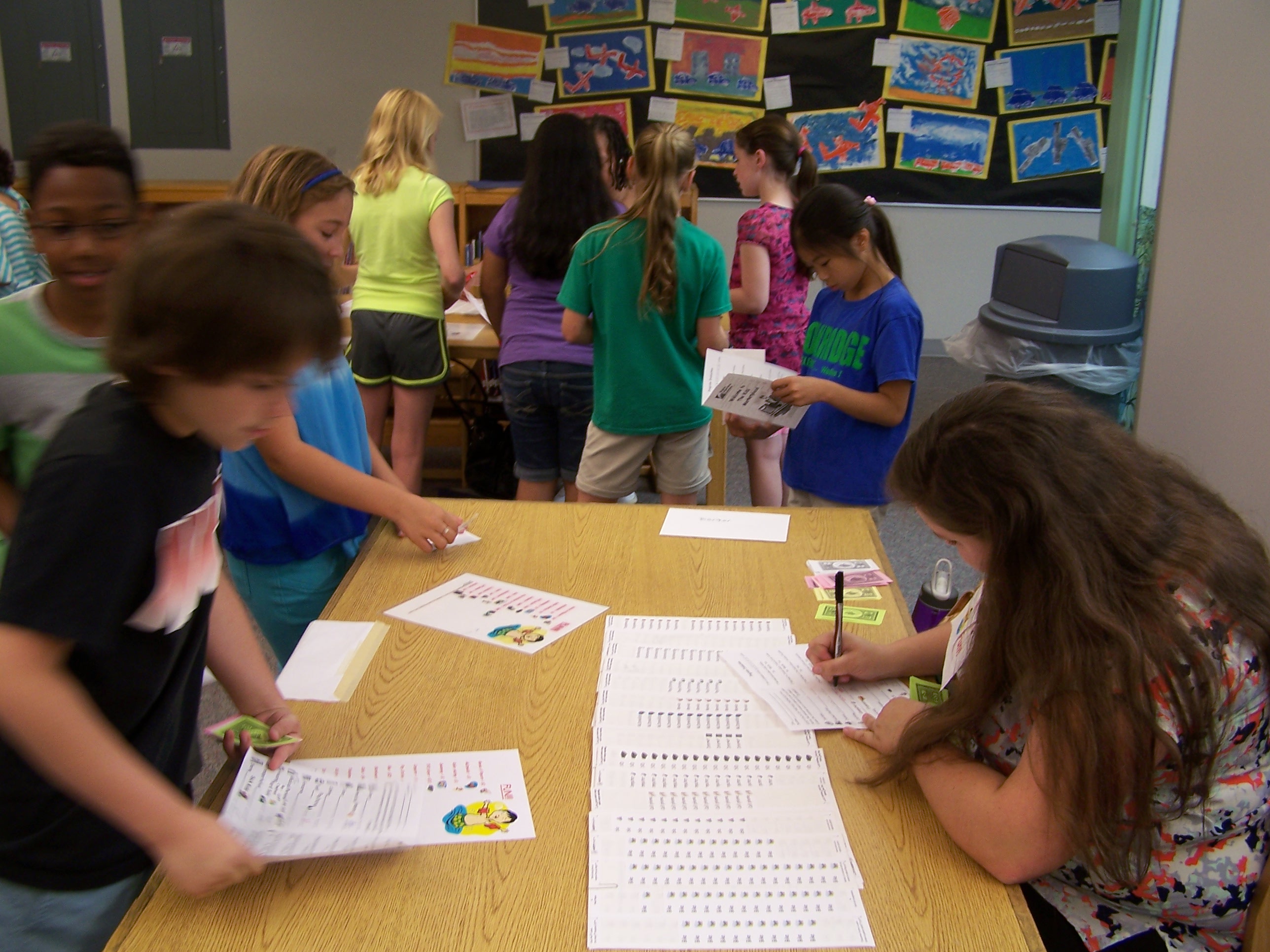By Joan C. Smith, Master Financial Education Volunteer
Times are tough. Layoffs abound. Companies are cutting back with staff reductions, furloughs, etc. We’ve all heard these terms in the news, we read about it all over the internet. However, hearing and reading about these terms and having it hit a spouse, relative, and/or close friend(s) takes on another dimension.
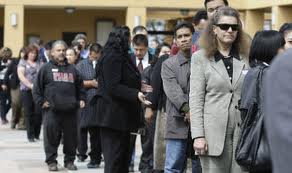 What if your spouse, fiancé, best friend, etc. loses their job? What if they have no warning or advanced notice?
What if your spouse, fiancé, best friend, etc. loses their job? What if they have no warning or advanced notice?
This happens all of the time. In fact, I have experienced almost more layoffs over my working career than I have fingers! Trying to help, offer advice, etc. can be extremely difficult depending upon the person’s personality, how well they deal with difficulty, etc. It can also be increasingly difficult to give advice when and/or if a person may appear to “have it all together.”
What can one do?
One way to address a delicate situation may be as little as one click away. If having a conversation isn’t an option, maybe having someone else do the talking via the internet is a viable option. Here’s one of many excellent sites that may gently address the issue: http://americasaves.org/blog/605-tips-for-dealing-with-an-unexpected-loss-of-income
Check out the links on this blog and the Virginia Cooperative Extension website for more tips.
Many times, it is difficult for people to consider downsizing by moving to a smaller place. Reducing and/or downgrading cable services is a huge issue for some, but often may be necessary. Downgrading cable/internet services is as easy as one phone call. It’s a quick and easy process when you need some immediate relief.
If you want to learn how VCE can help you, please contact Jennifer Abel at 703-228-6417 and learn about our classes and one-on-one financial counseling.





